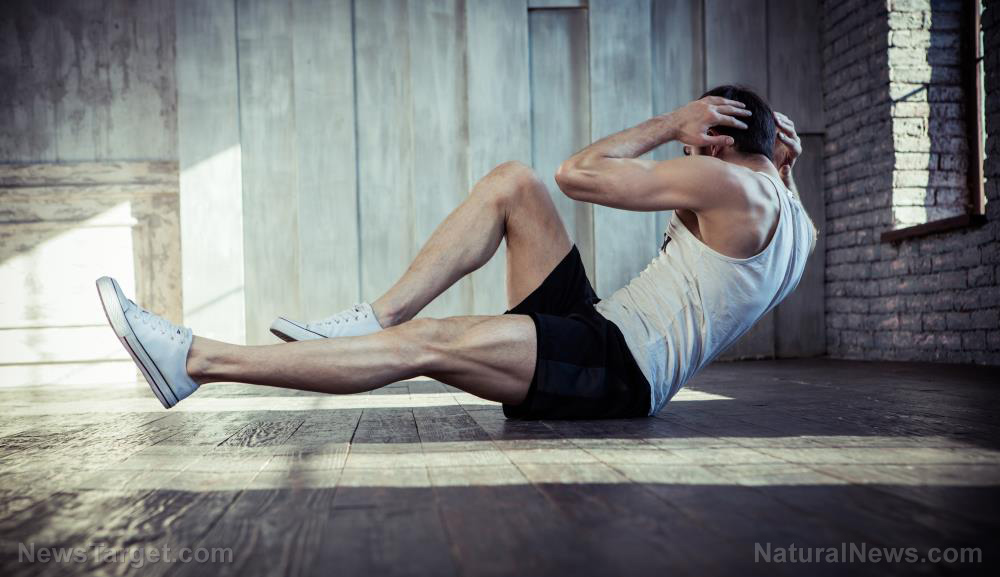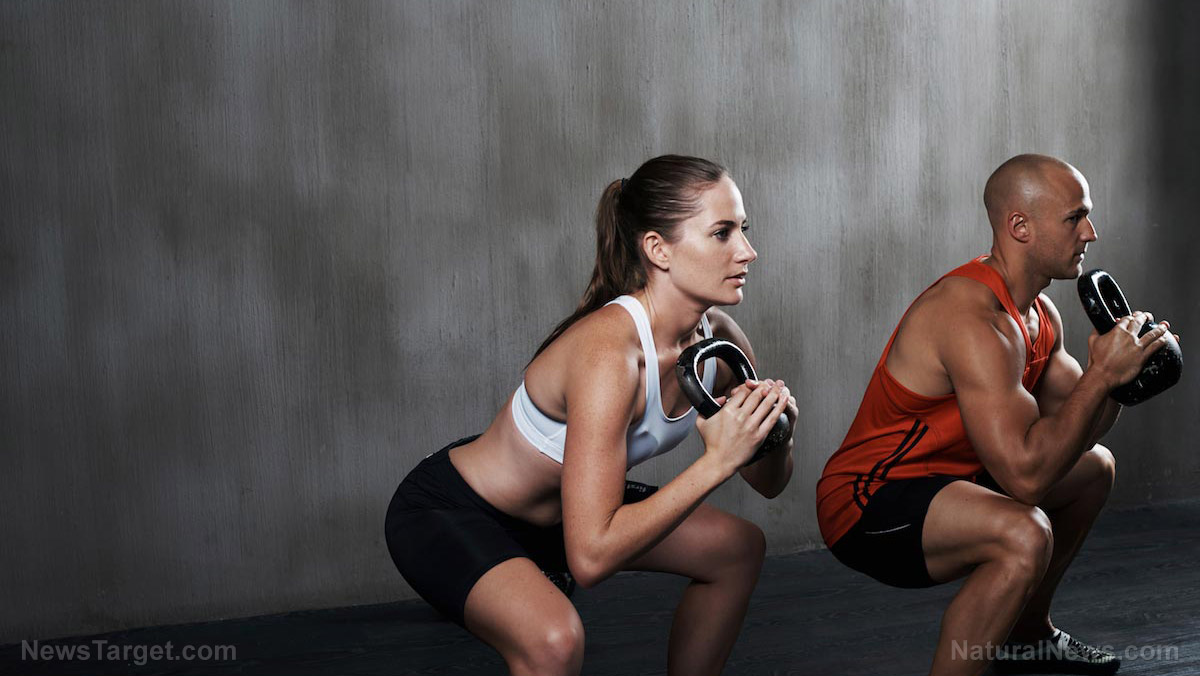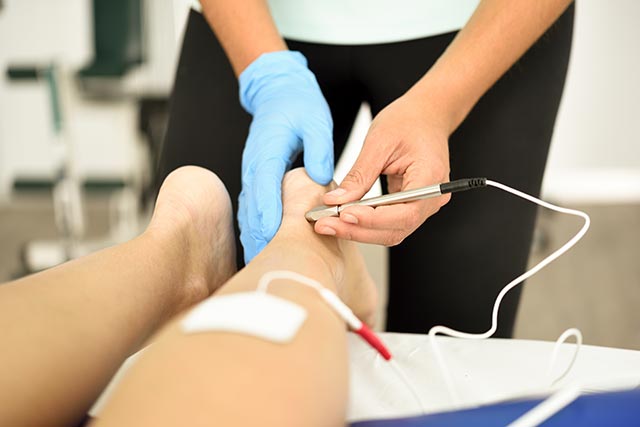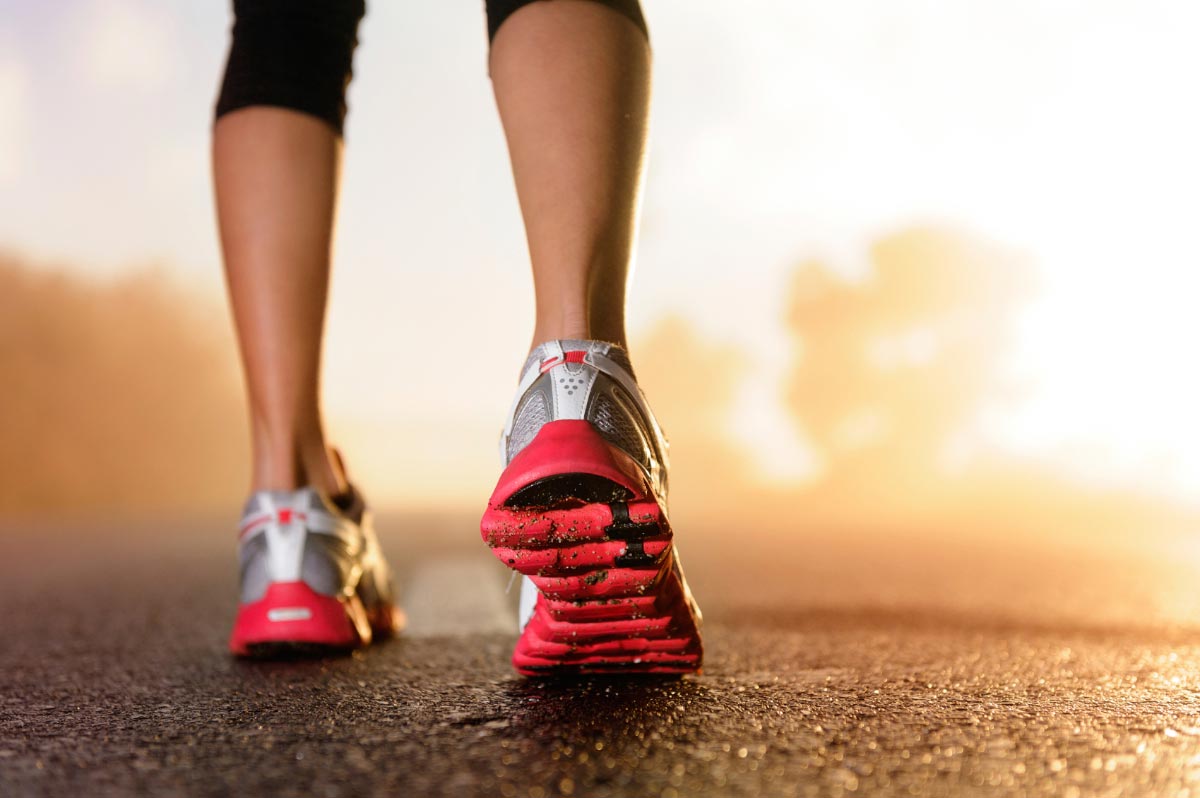Whole-body vibration may be a viable natural management option for people with osteogenesis imperfecta
02/02/2019 / By Michelle Simmons
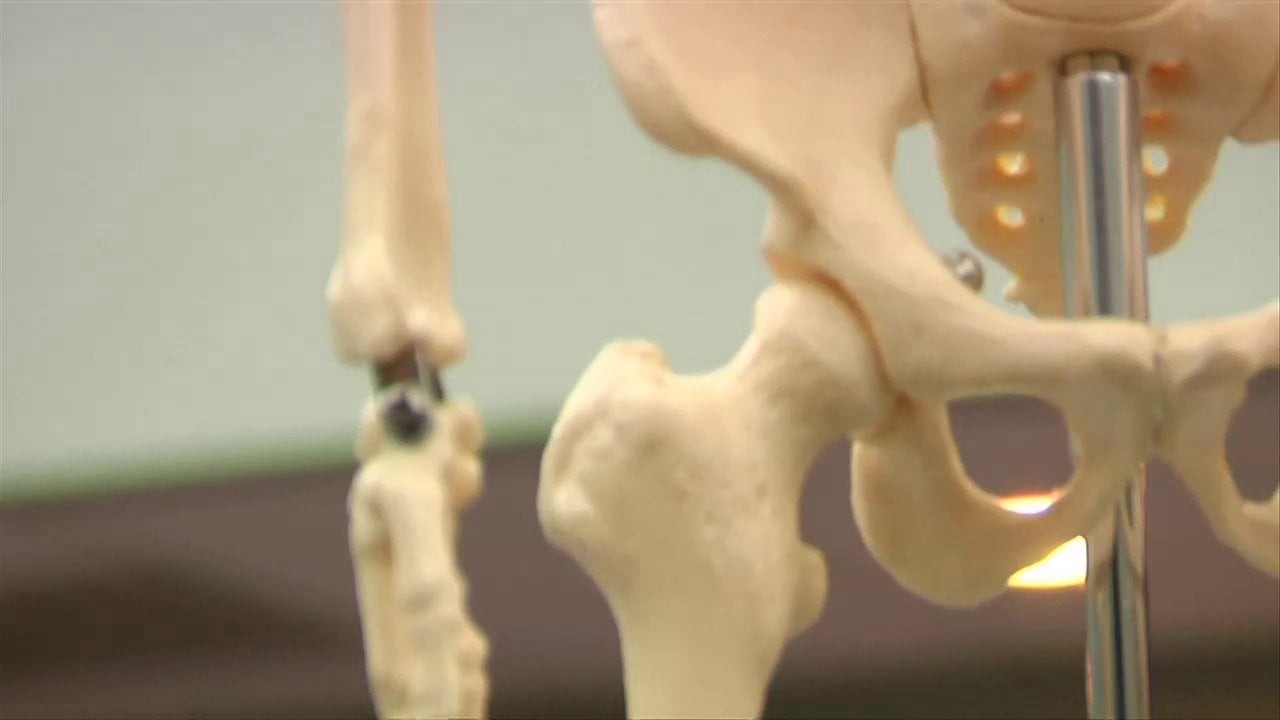
People who suffer from osteogenesis imperfecta, which means “imperfectly formed bone,” may benefit from participating in whole body vibration exercises. A systematic review published in the African Journal of Traditional, Complementary and Alternative Medicines, has concluded that whole-body vibration exercise is a safe and effective way to improve the mobility and functioning of people with osteogenesis imperfecta.
People with osteogenesis imperfecta, also known as brittle bone disease, have abnormal bone modeling and resorption. It is usually present at birth, however, it only occurs in children who have a family history of the disease because it is usually inherited. If it occurs in babies either before or immediately after birth, it can be life-threatening. It is caused by a defect, or flaw, in the gene that produces type 1 collagen, a protein used to create bone. This disease can range from mild to severe, although most cases are mild, causing few bone fractures. However, when it is severe, it can cause many health complications. These include hearing loss, heart failure, spinal cord problems, and permanent deformities.
Carried out by a team of researchers from Brazil and South Africa, the systematic review looked at existing studies that examined the effects of whole-body vibration exercise on the mobility and functioning of people who suffer from osteogenesis imperfecta. Earlier studies have reported that whole body vibration exercises could improve strength, motion, gait, balance, posture, and bone density in people with low bone mineral density, including people with osteogenesis imperfecta. (Related: Whole body vibration exercise, previously used for disease management, found to be effective at improving the physical condition of athletes as well.)
Based on the data they have gathered, the research team found that whole-body vibration exercises could be an essential therapeutic tool in the management of osteogenesis imperfecta. The therapeutic tool is especially beneficial in improving the mobility and functioning of people with the condition. In addition, the team found that whole-body vibration exercise is safe because there were no reported side effects.
With these findings, the researchers concluded that whole-body vibration exercise is a safe and effective way to improve the mobility and functioning of people with osteogenesis imperfecta.
Whole body vibration improves the bone mineral density of women with postmenopausal osteoporosis
Postmenopausal women lose about 20 percent of their bone density, which is due to the declining levels of estrogen. Estrogen is essential for keeping the bones strong and healthy. Therefore, they are more prone to osteoporosis. Osteoporosis literally means porous bone. It is a disease characterized by reduced bone density and quality. With this disease, bones become more porous and fragile, which, in turn, increase the risk of fracture. It is a silent and progressive disease, and it more commonly occurs in women than in men.
A literature review published in the Journal of Musculoskeletal and Neuronal Interactions analyzed the literature about the effect of whole-body vibration exercise in the bone mineral density of women with postmenopausal osteoporosis.
Out of the 12 articles that the researchers analyzed, seven of them have reported that postmenopausal women who were exposed to whole body vibration exercises exhibited improvements in bone mineral density.
The frequency of the vibration used in the articles has varied from 12 to 90 hertz (Hz), and the length of whole-body vibration exposure varied from two up to 22 months.
Sources include:
Tagged Under: bone disease, bone health, Bones, function, functional parameters, mobility, osteogenesis imperfecta, vibration, vibration therapy, whole body vibration, whole-body vibration exercise

